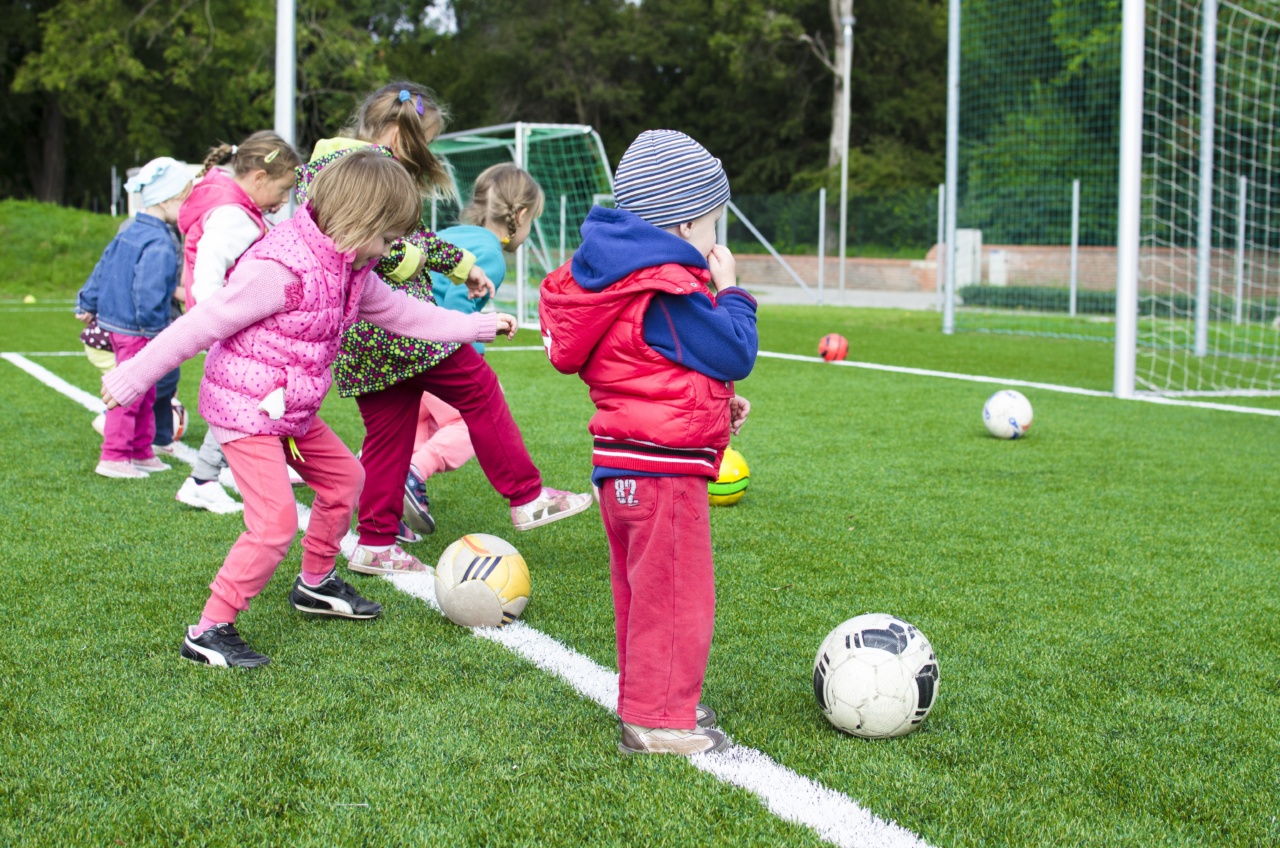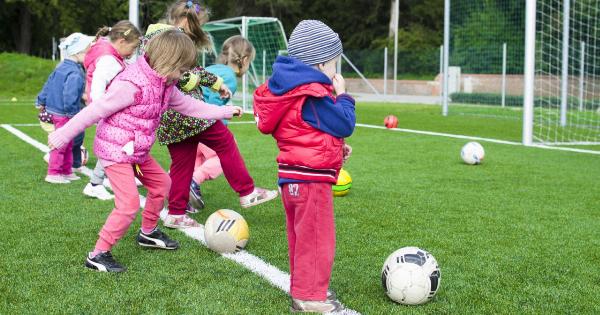Sports are an essential part of a child’s development. It helps them hone their physical skills and provides them with the opportunity to socialize with peers.
However, there is an ongoing debate on what the appropriate level of sports involvement for children should be. Parents and coaches must understand what works best for the child’s well-being, growth, and enjoyment. This article seeks to explore the appropriate level of sports involvement for children.
The Benefits of Sports for Children
Participating in sports comes with significant physical and psychological benefits for children. Engaging in physical activities helps children develop coordination, balance, flexibility, endurance, agility, and strength.
It also helps the child to maintain a healthy weight, reducing the risk of obesity and diseases like Type 2 Diabetes.
Mentally, sports help children develop resilience, confidence, self-esteem, and discipline. They provide an opportunity for children to compete, set and achieve goals.
Additionally, sports are an avenue for children to socialize with peers of different ages, ethnicities, and backgrounds, developing meaningful relationships.
Identifying Your Child’s Interests
Before signing up to any sports activity, it is essential to identify the child’s interests. It would be best to respect the child’s preferences and choose a sport that the child is passionate about.
Identify the child’s strengths and weaknesses and choose a sport that offers opportunities for growth. Additionally, consider the child’s personality, social skills, and developmental stage.
For example, an introverted child may prefer individual sports like gymnastics or swimming. In contrast, an extroverted child may thrive in group sports like soccer or basketball.
A child in early childhood may benefit from unstructured physical activities like running, jumping, and skipping, developing coordination and motor skills.
Age-Appropriate Involvement
The child’s age also plays a role in determining the appropriate level of sports involvement. For children in early childhood, physical activities involving exploration, experimentation, and play are more appropriate.
These activities should be spontaneous, free-flowing, and aim to develop coordination, agility, and balance.
As the child grows older, structured sports activities become more appropriate. These activities are more task-oriented and emphasize developing specific skills. Children in middle childhood may benefit from short-term goals, team-play, and competition.
Teenagers may benefit from participating in sports activities that focus on skill development, individual or team competition, and long-term goal setting. It is essential to balance sports involvement with academic and social activities.
Avoiding Over-Involvement in Sports
While sports can be beneficial, it is essential to avoid over-involvement in sports, which can lead to negative effects like burnout, physical injuries, mental stress, and reduction in academic performance.
Parents and coaches should pay attention to warning signs of over-involvement, like the child losing interest, excessive pressure, physical injuries, and neglect of academic or social responsibilities.
It is also crucial to balance sports involvement with other activities like socialization, academics, arts, and hobbies.
Encouraging the child to take breaks, alternating practices with rest, and emphasizing the importance of personal goals can also help avoid over-involvement.
Conclusion
The appropriate level of sports involvement for children depends on various factors like the child’s interests, age, and developmental stage.
It is essential to balance sports involvement with other activities and avoid over-involvement that can lead to negative effects on the child’s well-being. Parents and coaches should pay attention to the child’s needs and preferences and provide a supportive environment for growth, enjoyment, and development.































